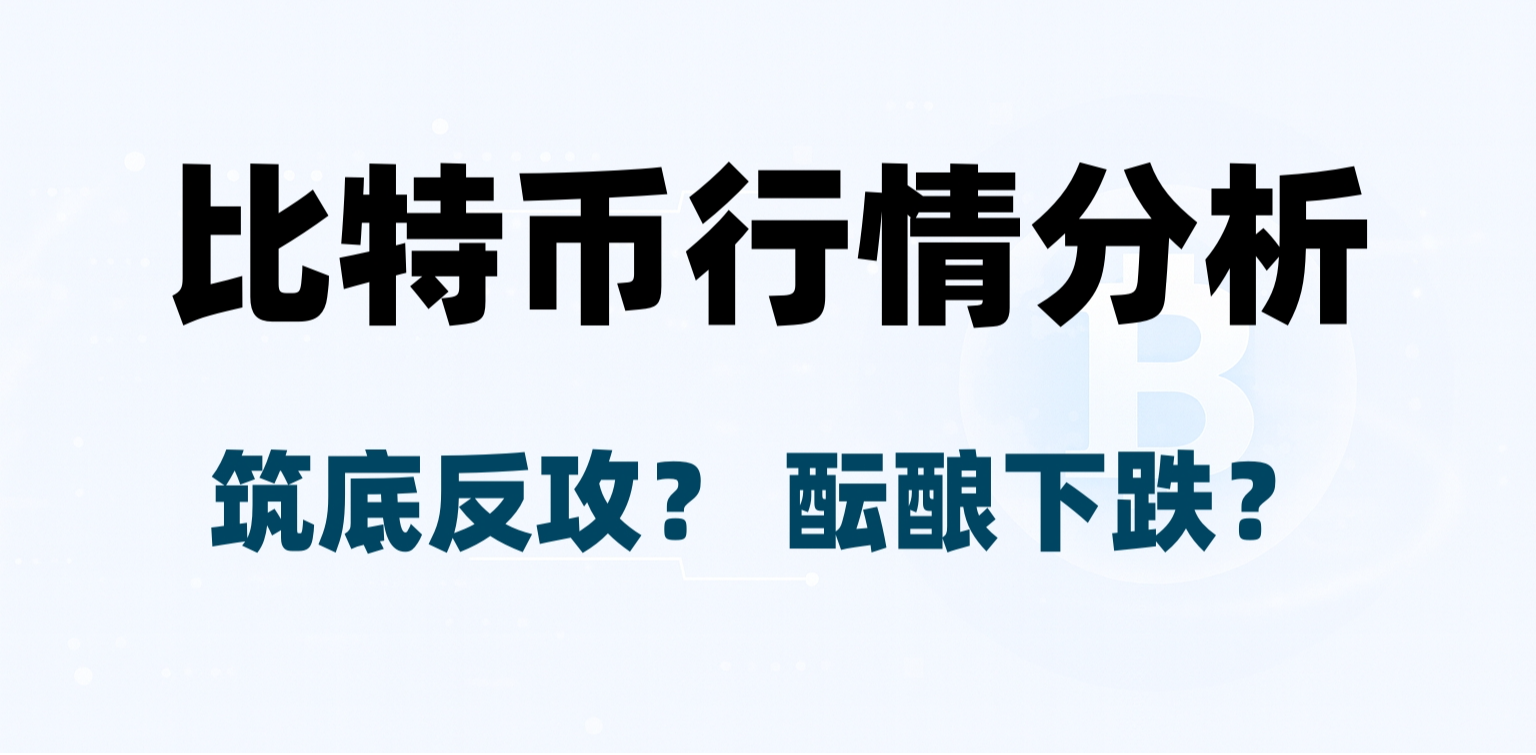The trend of Bitcoin is just as analyzed in yesterday's article. After hitting a rebound high of 43882 last night, it started to oscillate and pull back. This round of pullback is at least a 30-minute downward trend. The article mentioned two classifications of the 30-minute level pullback, one of which is not entering the central axis and forming a three-buy. However, judging from the intensity of the recent morning's decline, the probability of a three-buy is relatively small. There is a high probability of breaking through 42300 and entering a 30-minute central axis oscillation.
The focus of today's analysis is on ETH. Ethereum followed the pullback of Bitcoin and hit a low of 2168, then started to rebound. Bitcoin rebounded from 38500 to yesterday's high point, with a rebound amplitude of nearly 14%. Ethereum rebounded from the low point of 2168 to 2393, a rebound of 10.2%. The comparison clearly shows that Ethereum's rebound strength is weaker than Bitcoin's. The current price of Ethereum is 2345.
First, let's look at the large-scale daily chart. The departure of the daily central axis from the internal three-stage divergence triggered a major pullback. The current operation is an upward trend on the daily chart, which most likely cannot break through the high point of 2717 and form a second sell-off. This will lead to a downward trend on the daily chart.
A large-scale downward trend, all bottom-fishing long positions are short- to medium-term behaviors, at most rebounding on the 4-hour level, and it is necessary to reduce positions at small-scale selling points. The real large-scale buying point is the fifth segment buying point of the daily central axis after the downward trend appears, which will not appear until the end of February or early March at the earliest.
Next, let's look at the 4-hour chart. Using the ambiguity of the Chande's theory, a new 4-hour central axis yellow box can be drawn. The current price has rebounded close to the upper edge of the central axis. There is a high probability of a second sell-off here, leading to another downward trend and returning below the central axis. Therefore, those who chase high and go long at small-scale buying points need to protect themselves to avoid deep losses.
For spot traders, reducing positions and clearing positions are the main focus at the 4-hour selling points, while for contract traders, they can use the secondary selling points to short and make money. Of course, the technical accuracy required for contracts will be higher, and position management will be more refined.
Finally, let's look at the 30-minute chart. Influenced by the high-level pullback of Bitcoin, although the yellow and white lines have hit a new high without divergence, there is a probability of at least a small turn to a larger downward trend on the 30-minute chart. In the downward trend, there are also two classifications, with a three-buy indicating that the bulls still want to continue to resist. The best entry point for shorting is on the right side of the 30-minute second sell-off opportunity.
If you are interested in Chande's theory and want to obtain learning materials for free, watch public live broadcasts, participate in offline Chande's theory training camps, improve your trading skills with Chande's theory, and build your own trading system to achieve a stable profit goal, you can scan the QR code to follow the public account and chat privately to obtain and add the WeChat of this account to join the study group!
免责声明:本文章仅代表作者个人观点,不代表本平台的立场和观点。本文章仅供信息分享,不构成对任何人的任何投资建议。用户与作者之间的任何争议,与本平台无关。如网页中刊载的文章或图片涉及侵权,请提供相关的权利证明和身份证明发送邮件到support@aicoin.com,本平台相关工作人员将会进行核查。




